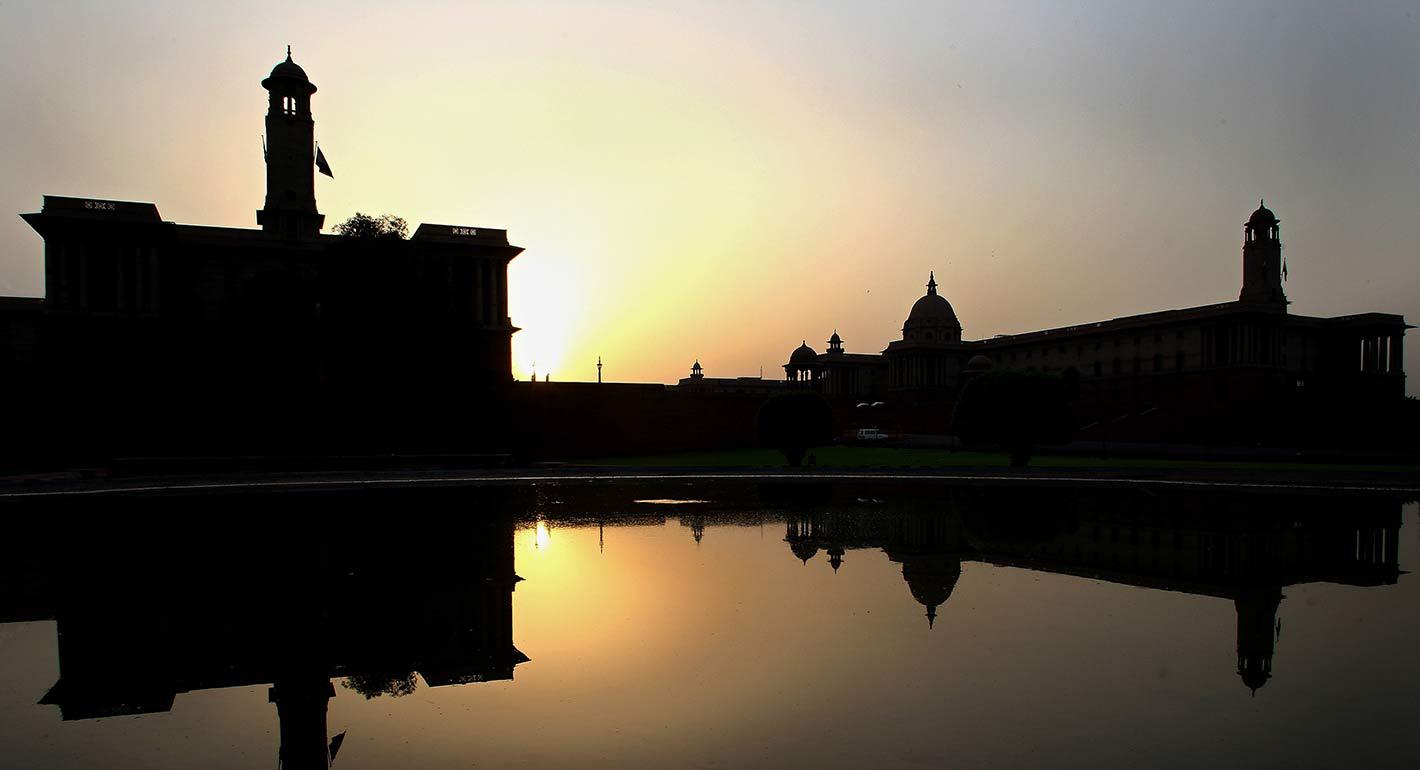Source: Centro Studi Internazionali di Geopolitica
The triangular relationship between the United States, China and India remains one of the three most important triads in contemporary Asian geopolitics. Along with the China–Japan–United States and the United States–Russia–China triads, the character of the ties between Washington, Beijing and New Delhi will shape how the evolving security competition between the United States and China plays out. While the US–China relationship will remain at the center of the struggle for global dominance, the triangular relationship between Washington, Beijing and New Delhi is not simply about USChina competition, however important that may be. Rather, this triangular relationship contains two concurrent security competitions: one between China and India and the other between the United States and China. Both pairs of rivalries persist simultaneously, and both date back roughly to the end of the Second World War, when the United States formally acquired a global presence, India become a newly independent state, and China once again reincarnated itself as a new polity, this time in Communist guise thanks to Mao Zedong’s successful revolution.
The United States emerged out of the Second World War as a global power, and although it was contested by the Soviet Union throughout the Cold War, Washington undoubtedly remained at the pinnacle of the international hierarchy because the United States towered above all other states — including the Soviet Union — where comprehensive national power was concerned. The liberal nternational order that the United States created in the aftermath of the Second World War would slowly enable the countries of Western Europe to regenerate their power and join with the United States in containing Soviet expansionism. The liberal order had a similar effect in Asia, where it was responsible for stimulating the rise of the war–torn economies of Japan, South Korea and Taiwan in the first phase (during the 1960s–70s) and later the smaller states of Southeast Asia (during the 1980s and onwards). All told, these developments permitted the United States to gain strong allies in Europe and Asia, which aided Washington in checkmating Moscow’s power and eventually defeating it by 1991, when the Cold War came to an end with the collapse of the Soviet Union.
Even as the Cold War was closing, the third phase of Asian economic expansion was beginning, as China began significant economic reforms during the 1980s, which allowed it — with US backing — to finally join the World Trade Organization in 2001. India began its economic reforms a decade later, in 1991, and by the turn of the 21st century, had joined China as a new, fast–growing economy in Asia. When China began its reforms, with Deng Xiaoping’s dramatic decisions in December 1978, Beijing was a de facto partner of the United States in containing the Soviet Union. Washington was supportive of China’s reforms then, despite political misgivings, because it viewed a stronger China as useful to the goal of containment.

.jpg)



